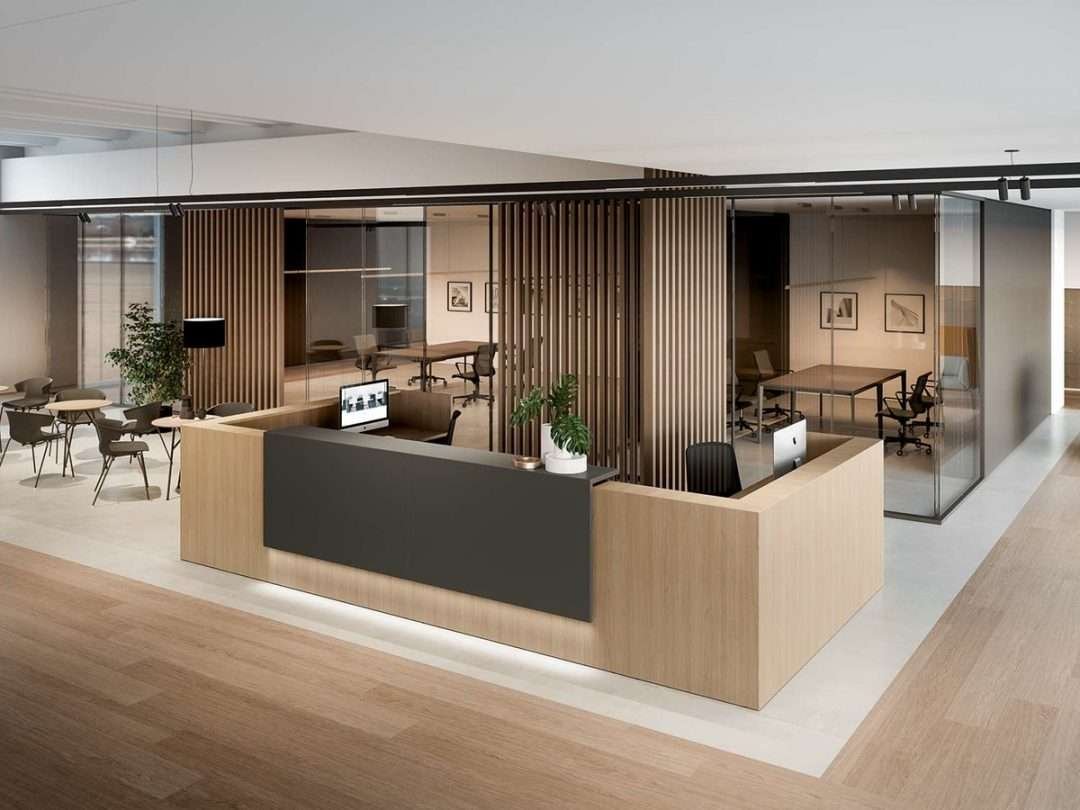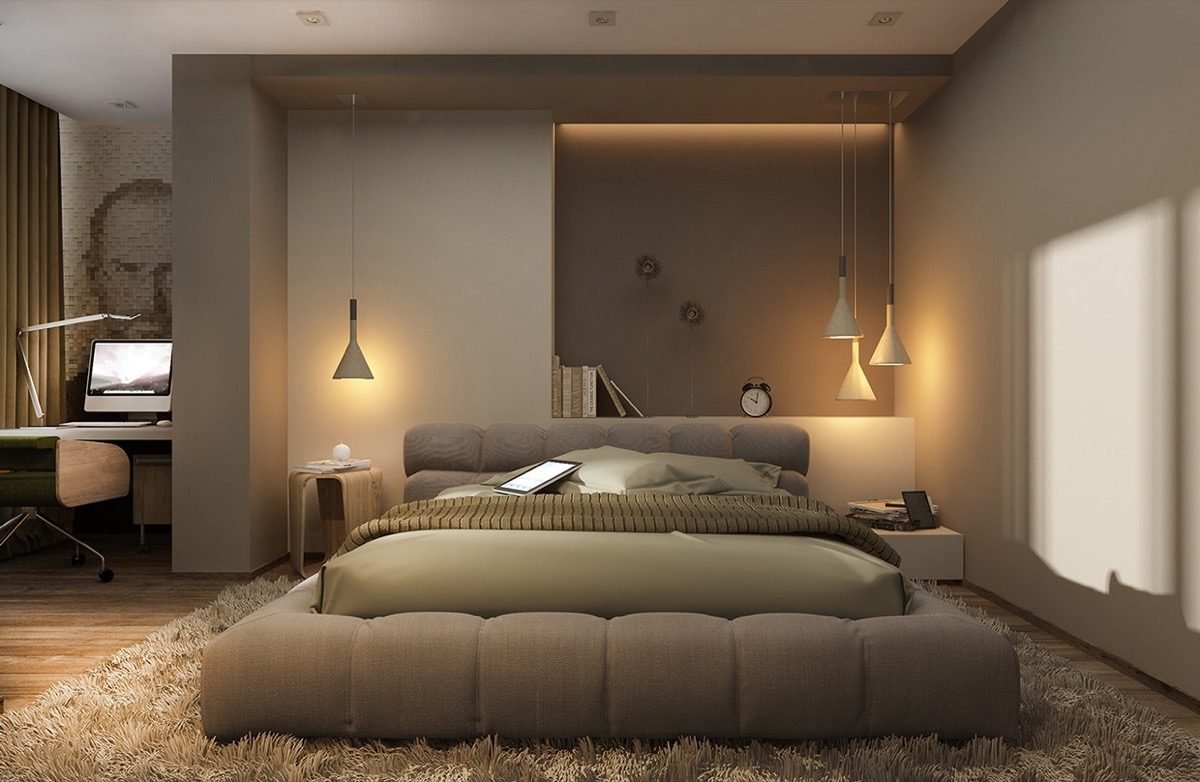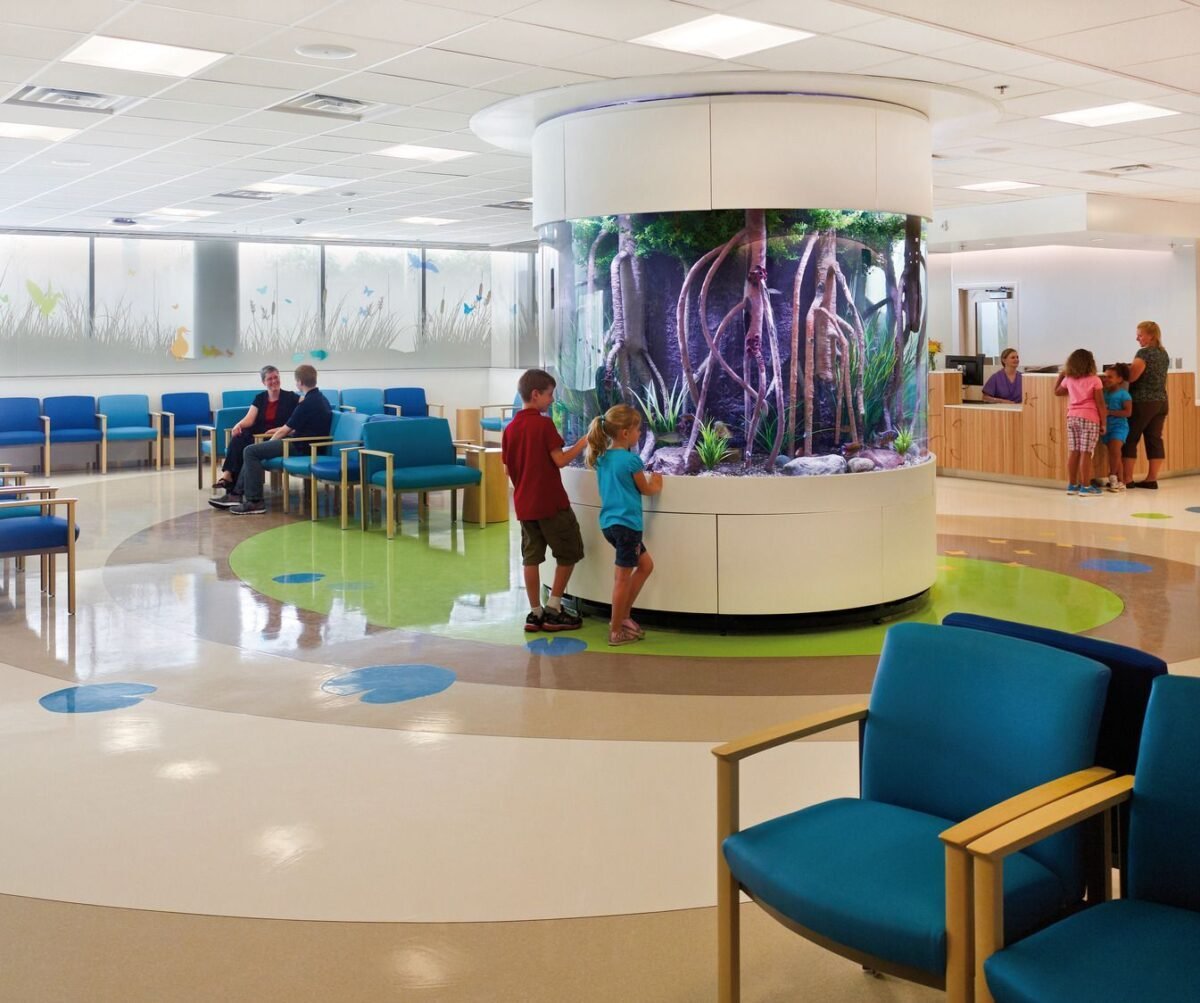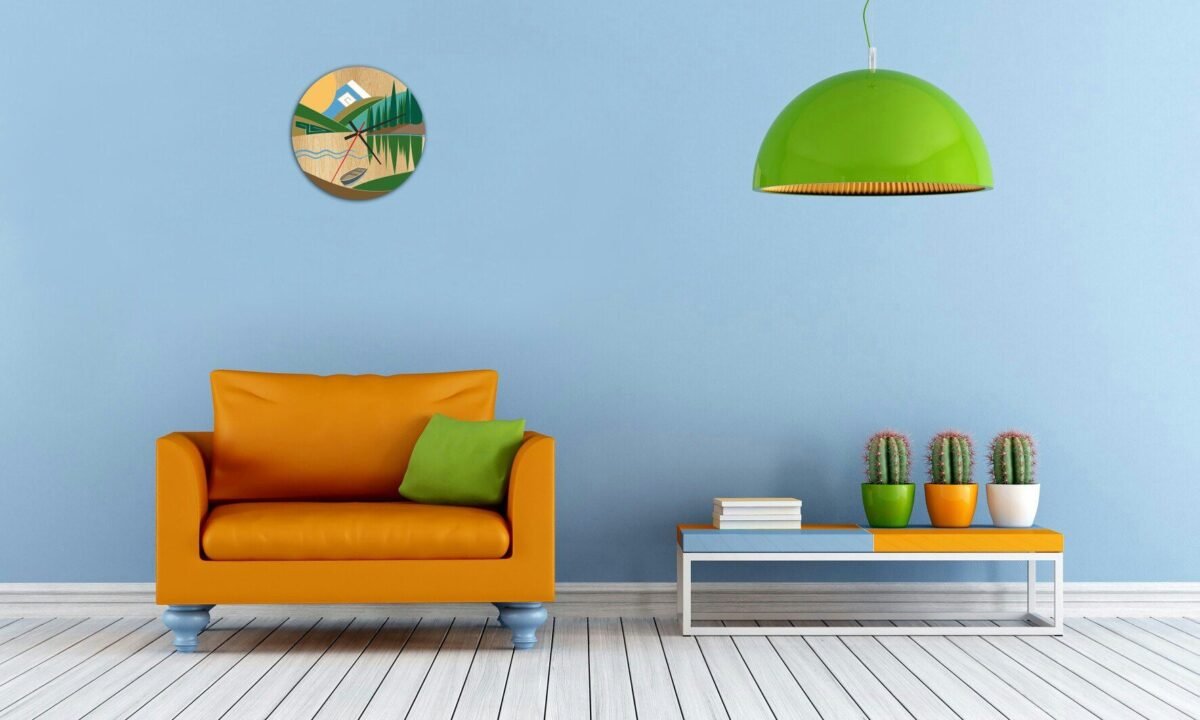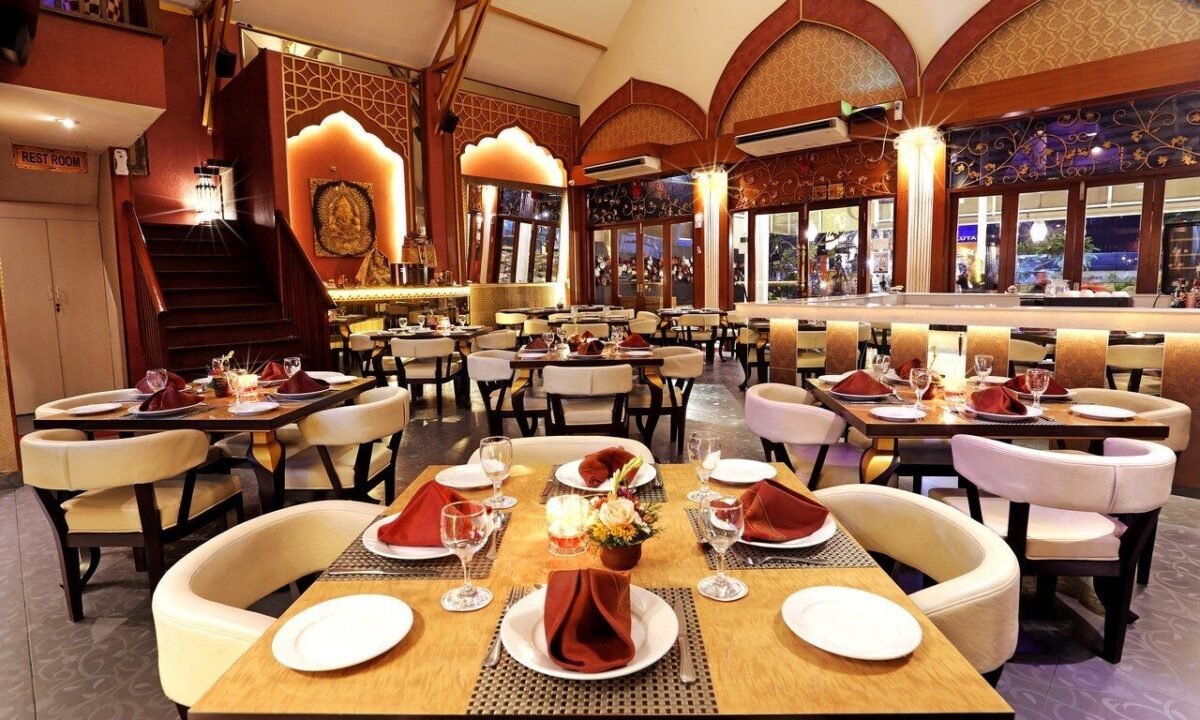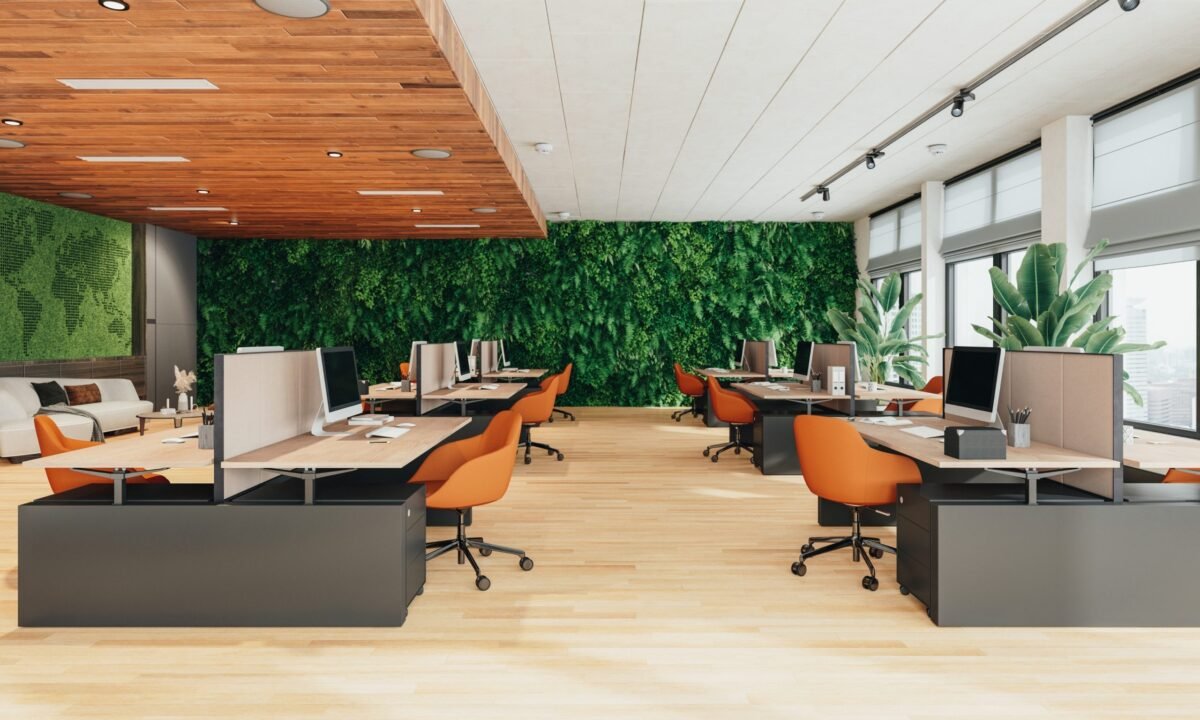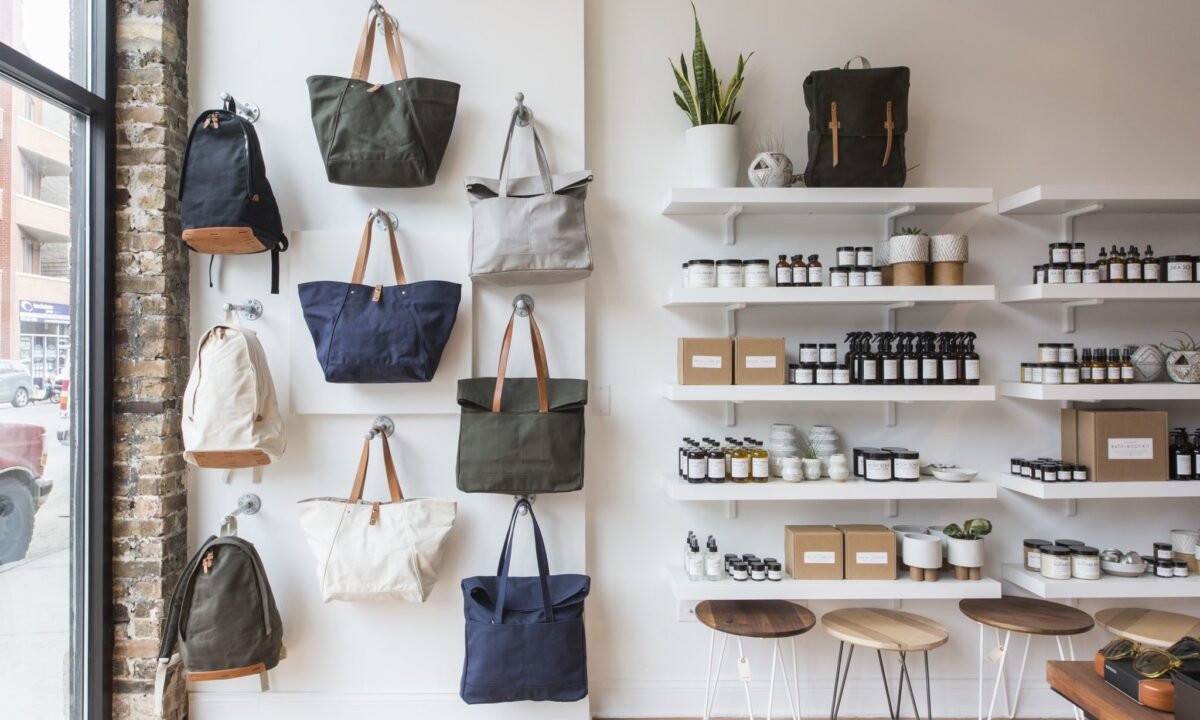Home designers are at the forefront of revolutionizing luxury living, bringing smart home technologies into the elegant interiors of Kolkata. As an experienced Architect, with a deep interest in this transformative field, I have witnessed how these innovations elevate lifestyle and redefine comfort. In this article, we’ll delve into this exciting world, exploring how integrating advanced smart technology in luxury homes is more than a trend—it’s a lifestyle choice.
1. The Evolution of Luxury in Kolkata’s Interiors
In
Kolkata, a city revered for its cultural richness and historical charm, luxury has traditionally been about opulence and grandeur. But, as times change, so does the definition of luxury. Today, it’s not just about visually stunning spaces; it’s about how well these spaces adapt to and enhance modern lifestyles. Imagine homes where technology does more than just obey commands; it anticipates needs, offering comfort and convenience at unprecedented levels. This evolution is not just a fad. A recent study indicates that over 30% of luxury homes in Kolkata now feature some form of smart technology. It’s clear that in the City of Joy, the future of luxury living is being rewritten.
2. Merging Smart Technology with Personal Aesthetics
The challenge and excitement in integrating smart technology lie in blending it with personal style preferences. In Kolkata, where every home narrates a unique story through its design, integrating technology without disrupting the aesthetic essence is crucial. It’s fascinating how modern smart features can be woven into traditional designs. I recall a project in Ballygunge where we installed smart climate control in a room adorned with antique furniture and traditional Indian art. The technology was invisible, yet its presence enhanced the living experience. This seamless integration ensures that while the homes are equipped with the latest technology, their soul remains undisturbed.
3. Embracing Sustainability Through Smart Home Tech
Sustainability is no longer just a buzzword in Kolkata; it’s a responsibility that luxury homeowners are increasingly taking seriously. In one of my recent projects, we transformed a colonial-era villa into an eco-friendly marvel without altering its historic charm. By integrating smart thermostats, solar panels, and water conservation systems, we created a space that not only respects the environment but also offers unparalleled comfort and efficiency. With 60% of Kolkata’s homeowners showing interest in eco-friendly technologies, it’s evident that the future of luxury is not just smart, but also sustainable.
4. Revolutionizing Home Security in Kolkata
In a bustling metropolis like Kolkata, where the old and new coexist, ensuring security in luxury homes has taken a sophisticated turn with smart technology. Advanced security systems are no longer just about alarms and locks; they are about creating a network of safety that is both intelligent and unobtrusive. I worked on a project in New Town where we installed sensors that could detect the slightest irregularity, from potential intrusions to unusual movements, and immediately alert the homeowner. With real-time monitoring and control from anywhere in the world, these systems offer peace of mind, a priceless component of true luxury living.
5. Personalization at Its Best: Custom Smart Solutions
Personalization is the essence of luxury, and smart home technologies allow for customization that truly reflects the homeowner’s lifestyle. On a project in Jodhpur Park, we designed a home automation system tailored to the client’s daily routine. From motorized window shades that adjust with the sun’s position to a smart kitchen that preheats the oven just in time for dinner, every aspect of the home was programmed to align with the family’s preferences. This level of customization not only offers convenience but also creates a unique living experience that traditional homes cannot match.
6. Storytelling Through Technology: Crafting Unique Experiences
Each home has a story, and integrating smart technology helps to tell it more vividly. For instance, in a heritage house in Behala, we used smart lighting and audio systems to enhance the architectural features, creating an ambiance that shifts throughout the day, reflecting the home’s character and the family’s mood. This is where technology transcends functionality and becomes an integral part of the home’s narrative, enhancing every gathering and every quiet moment with just the right touch of sophistication.
Conclusion: A New Horizon in Kolkata’s Luxury Living
In the dynamic world of smart home technologies in Kolkata’s luxury interiors, Urban Canvas emerges as a leader. More than just a company, Urban Canvas is a visionary, seamlessly blending cutting-edge technology with luxurious living. They understand that your home is not just a place but a reflection of your lifestyle and aspirations.
Choosing Urban Canvas means opting for a home that’s secure, smart, and stylish – a true embodiment of modern elegance. Are you ready to elevate your living experience? Let Urban Canvas transform your space into a masterpiece of technology and luxury. Contact Urban Canvas today and step into the future of intelligent, luxurious living. For more information or to book a consultation, contact Urban Canvas at +91 81001 12900 or hello@ucmail.in

